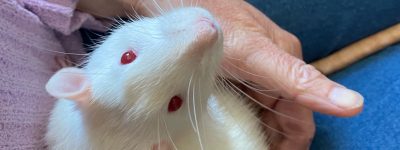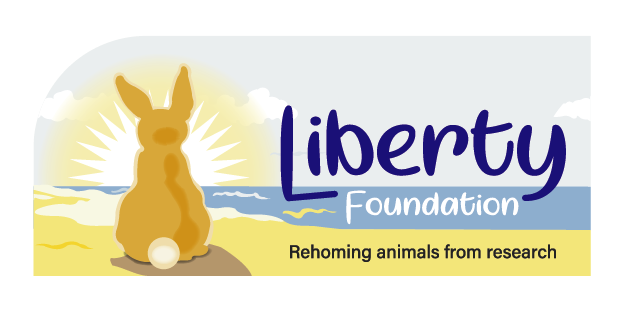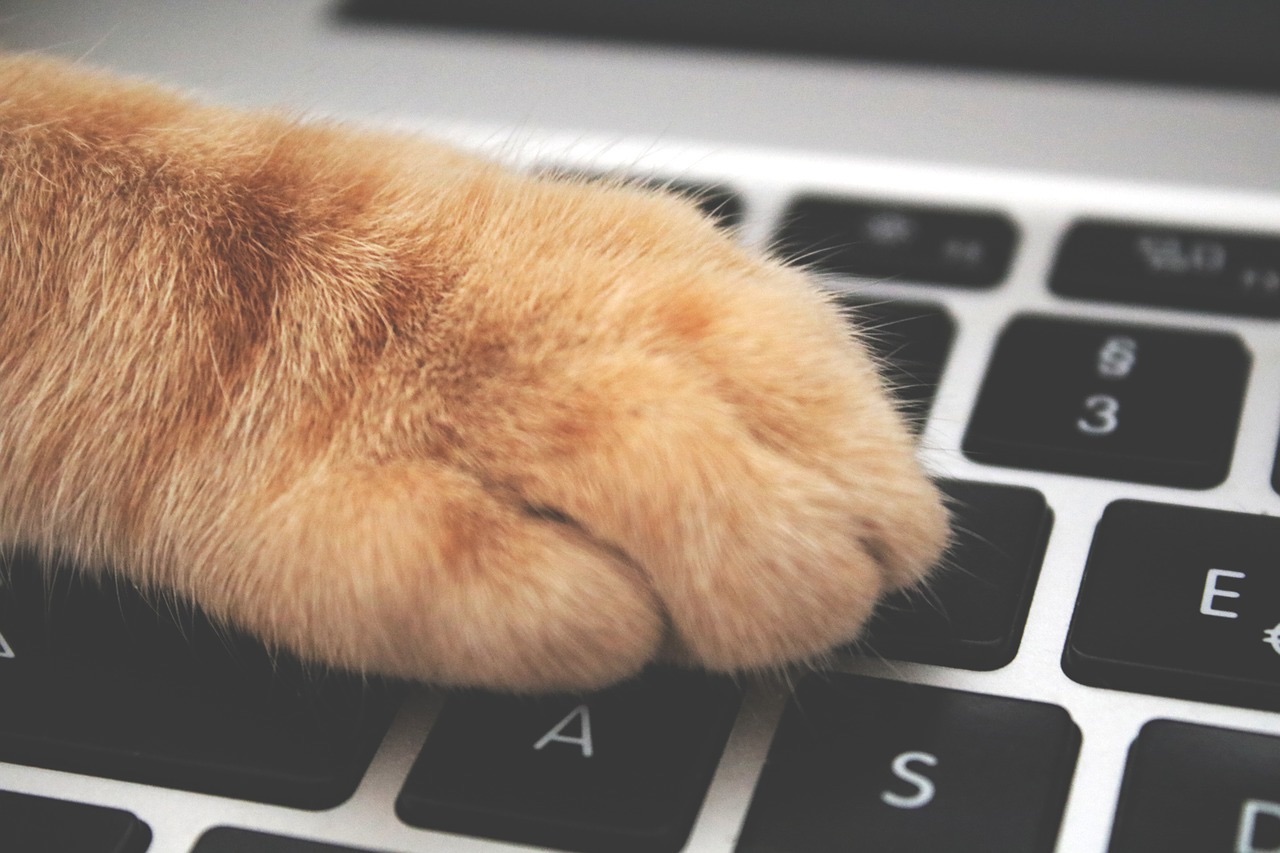The short answer is, that we don’t know exactly. This question cannot be answered accurately with the information that is currently publicly available. However, we do know that there are hundreds of organisations licensed to use animals for research and scientific purposes in Australia, and there are dogs and cats (as well as many other species) that could be rehomed that are currently euthanised at the conclusion of research.
The long answer is that we can use the available data to derive a rough idea of:
1. the number of animals nationally that could be available, but not necessarily suitable, for rehoming.
2. the number of animals in NSW only that could be available, but not necessarily suitable, for rehoming.
1. Number of animals in Australia (NSW, VIC, QLD, TAS and WA only) that could be available, but not necessarily suitable, for rehoming
The latest available national figures, for 2018, show that a total of 10,105,257 animals were used for research purposes across the five reporting states.
While we don’t have a detailed breakdown this year if we use the same percentage as last year, then the percentage of animals used for non-observational[1] procedures, involving varying levels of invasiveness and challenge but not resulting in death would be around 33% (3.33 million animals).
This is based on data from five states of Australia but includes the largest user states. In theory, it is animals from this group that could potentially be available, but not necessarily suitable, for rehabilitation and rehoming. However, around 1.5% would be genetically modified animals, which cannot leave secure facilities and therefore cannot be rehomed.
It should also be noted that this information relates to only five states of Australia. It is estimated that other states/territories could account for a further 599,242 animals.[2]
2. Number of animals in NSW that could be available, but not necessarily suitable, for rehoming
What do we mean by ‘not necessarily suitable for rehoming’? Many companion animals such as dogs and cats are included in statistics of animals used for scientific purposes although they may only be consulting at university-based veterinary clinics and do not belong to the university. There may be other animals that while owned by the research facility, may not have a suitable temperament or physical or psychological condition to be rehomed.
What the latest figures (2019)[3] from NSW show is that there were large numbers of farm animals such as poultry, pigs, sheep and cattle being used for research purposes in NSW in a variety of procedures. Aside from the largest groups – rats, mice, amphibians and aquatic species – there were a number of other animals that may be suitable for rehoming as shown in the table. These included cats, dogs, rabbits and guinea pigs for example.

It can be estimated that up to 3584 dogs and 1496 cats in 2019 could have been available for rehoming. However, a proportion of these would be animals being treated at university-based veterinary clinics as mentioned above that belong to members of the public.
In addition, dogs and cats may be bred in research establishments and remain involved in research until the age of 8+. This means that they may be counted as part of studies each year, but may not be considered for “retirement” or rehoming that year. So, of all dogs reportedly used in research in a year that do not die as part of the process, there may only be a small percentage that are ready for rehoming.
From calendar year 2019, research establishments have been required to report on the fate of domestic dogs and cats. This is the first year we have had this data on rehoming.
For domestic cats and dogs the reporting shows:
• The majority of domestic cats and dogs were privately (non-research) owned and remained with the owners (57% (864) domestic cats and 75% (2729) domestic dogs).
• The remaining 43% (640) of domestic cats were retained in projects or retained for use in other projects or supplied to another establishment/individual for research.
• Of the remaining 25% (887) of domestic dogs, 24% (852) were retained in projects or retained for use in other projects or supplied to another establishment/individual for research.
• 30 domestic dogs were rehomed.
• 5 domestic dogs were euthanased or died unrelated to the project.
The numbers of dogs and cats reaching retirement age and being considered for rehoming will vary each year. Currently there is no mandatory retirement age for dogs and cats but if this was introduced then more of the animals that were retained for use in other projects or supplied to other researchers (852 dogs and 640 cats) would be rehomed than is currently the case.

The reasons why we cannot provide an accurate answer to the question of the exact numbers of animals moving through research establishments are as follows:
• Not all Australian states and territories publicly release data on animal useage for scientific purposes. The data used in this post comes from NSW, Victoria, Queensland, Tasmania and WA. This is significant given that the majority of research involving animals occurs in NSW and Victoria.
• Australian research institutions provide aggregated figures to state governments on their use of animals by species and the category of procedure. The only state which provides data that cross references species with the type of procedure involved is New South Wales, which enables analysis of approximate numbers and types of animals that may be suitable for rehoming in that state. For example, we can ascertain the number of mice that were subject to procedures that did not result in their death or involve genetic modification. Note, genetically modified animals are not suitable for rehoming as they must be kept in secure, specialist facilities by law.
Notes on the table:
- Data includes procedure categories: 1, 3, 4, 5, 6, 7 only. It excludes procedure categories 2, 8 & 9 which involve death of the animal or production of genetically modified animals as neither of these groups can be rehomed.
- Data excludes animals used for the purposes of environmental study as this generally involves observation of wild living populations of animals.
Description of procedure categories: - Observation with minor interference – included in table
- Animal unconscious without recovery – not included in table
- Minor conscious intervention – included in table
- Minor surgery with recovery – included in table
- Major surgery with recovery – included in table
- Minor physiological challenge – included in table
- Major physiological challenge – included in table
- Death as an endpoint – not included in table
- Production of genetically modified animals – not included in table
Where a cell is left empty it indicates zero animals were reported
Source: NSW 2019 Animal Use in Research Statistics, NSW Department of Primary Industries.
References:
- [1] Animals involved in observational studies are not included where they are considered non-invasive as they are mostly conducted with free-living or sanctuary populations (ie. Wildlife).
- [2] https://www.humaneresearch.org.au/statistics-2018-animal-use-in-research-and-teaching-australia/
- [3] NSW 2019 Animal Use in Research Statistics, NSW Department of Primary Industries: https://www.animalethics.org.au/__data/assets/pdf_file/0008/1285748/2019-Animal-use-in-research-statistics-report.pdf





